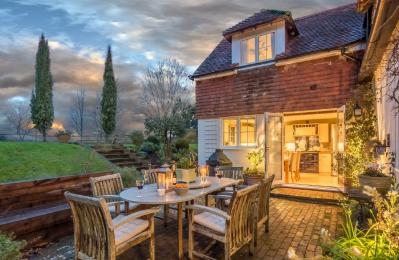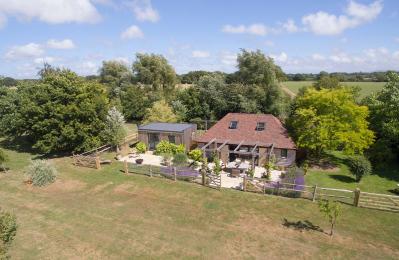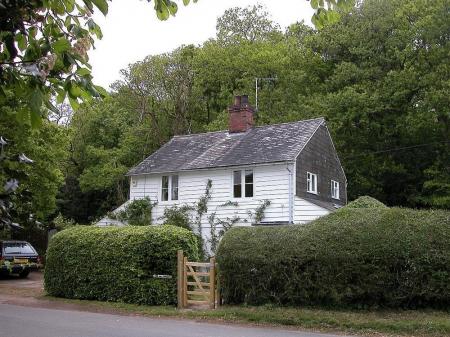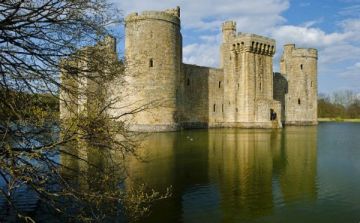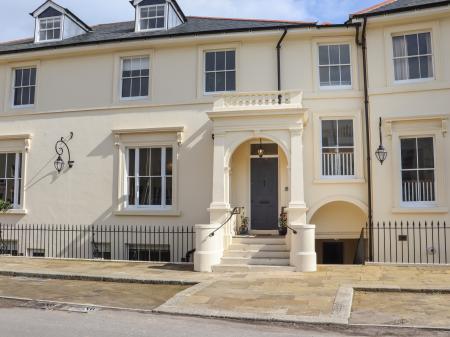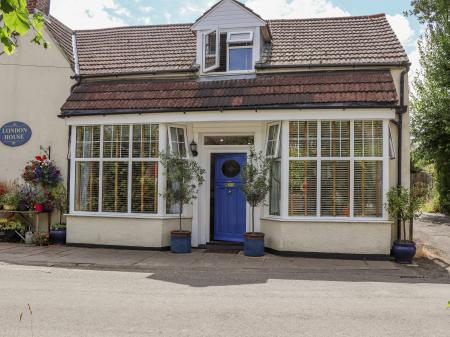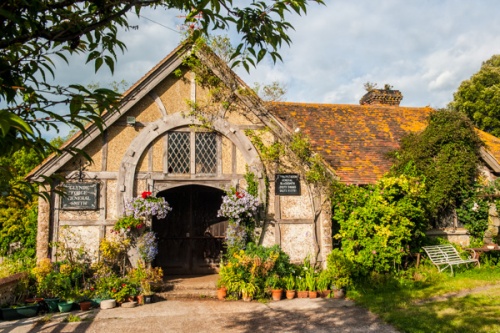
Across from the gates to Glynde Place is the Italianate church built in 1763 by Richard Trevor, Bishop of Durham, on the foundations of an older medieval parish church.
Glynde is also the place where Southdown sheep were first bred. John Ellman was an 18th-century farmer whose experiments in breeding led to the development of the breed that is now found all over the world.
Also in Glynde is Glyndebourne, a Tudor manor house that can lay claim to being the home of English opera. It was here in 1934 that John Christie opened Glyndebourne Opera House, and thus began a programme of operatic excellence that draws visitors from across the globe.
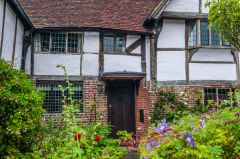
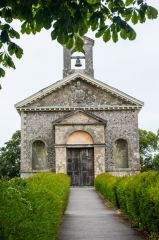
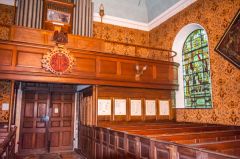
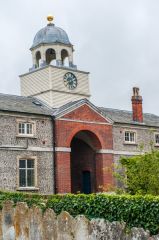
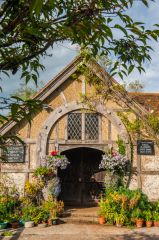
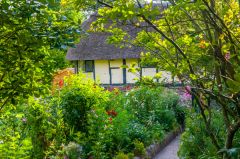
 We've 'tagged' this attraction information to help you find related historic attractions and learn more about major time periods mentioned.
We've 'tagged' this attraction information to help you find related historic attractions and learn more about major time periods mentioned.